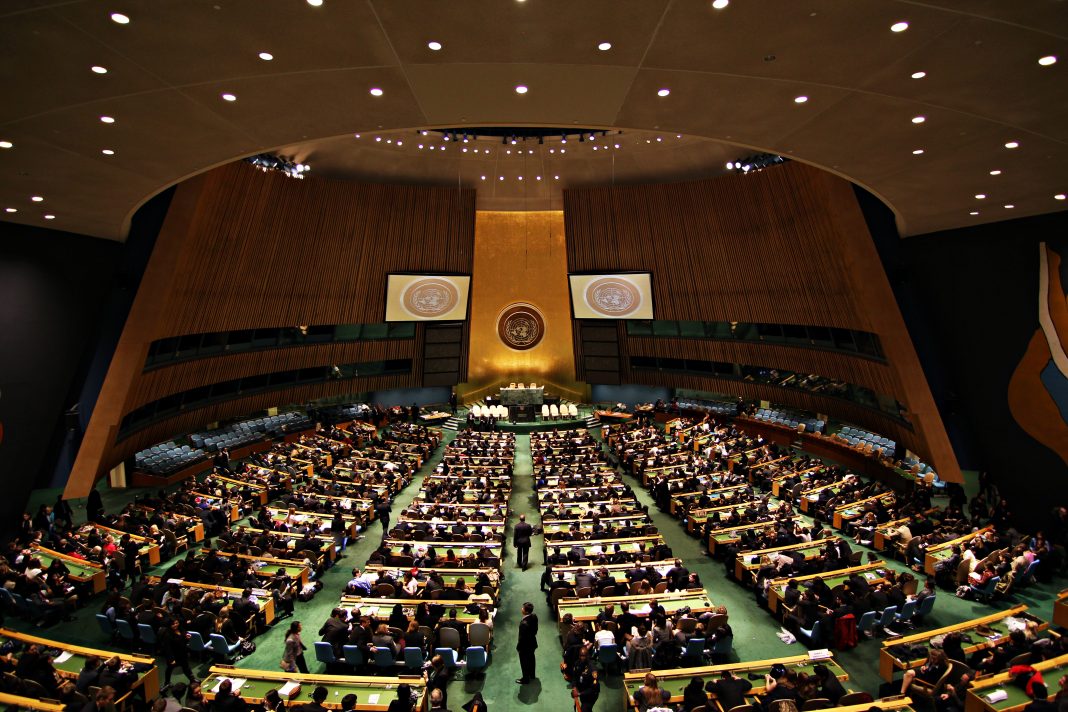New Delhi, Oct 29: Developing countries will need up to USD 365 billion every year by 2035 to adapt to worsening climate impacts, but the money to protect vulnerable communities is drying up, a new UN report said on Wednesday.
The Adaptation Gap Report 2025 by UN Environment Programme (UNEP) said that adaptation finance flows from rich nations actually fell last year despite repeated pledges to scale up support.
According to the report, developing nations require USD 310 billion annually by 2035 based on modelled costs and USD 365 billion when based on needs listed in their Nationally Determined Contributions (NDCs) and National Adaptation Plans (NAPs).
However, international public adaptation finance to these countries stood at just USD 26 billion in 2023, down from USD 28 billion in 2022, making the required funds roughly 12 to 14 times higher than current levels.
“172 countries now have adaptation plans but rich nations have offered only lip service, with finance flows decreasing last year,” Harjeet Singh, climate activist and the founding director of Satat Sampada Climate Foundation, said.
“This monumental gap, now at least 12 times what is provided, is the direct cause of lost lives, destroyed homes and shattered livelihoods,” he said.
The report cautioned that if current trends continue, the Glasgow Climate Pact goal of doubling adaptation finance from 2019 levels by 2025 will not be achieved.
It also said the new collective quantified goal for climate finance, agreed at COP29 in Baku, Azerbaijan, is not ambitious enough to bridge the gap between need and delivery.
Despite contributing the least to global greenhouse gas emissions, developing countries in Asia, Africa and Latin America are among those facing the most severe climate impacts, from floods and droughts to rising heat stress.
The report said that without urgent action from developed nations to meet their finance obligations, these regions will be forced to bear the growing costs of adaptation largely on their own.
The report, however, noted progress in planning and implementation. Most countries now have at least one national adaptation policy, strategy or plan in place and efforts to integrate climate adaptation into national development planning are improving.
Countries also reported more than 1,600 adaptation actions, largely focused on biodiversity, agriculture, water and infrastructure.
Funding support through multilateral climate funds, including the Green Climate Fund, Global Environment Facility and Adaptation Fund, increased in 2024. However, UNEP warned that rising financial constraints could limit future progress.
The report said that both public and private finance must increase substantially to meet adaptation goals. It estimated that the private sector could contribute around USD 50 billion annually by 2035 if backed by targeted policy measures and blended finance.
It also called for caution against the growing use of loans to finance adaptation in vulnerable countries, saying that a rising share of non-concessional debt threatens to deepen inequalities and trap nations in a cycle of climate-related indebtedness.
UNEP said global adaptation finance must rise sharply if the world is to protect lives, livelihoods and economies from intensifying climate shocks and the burden must not fall on those who did the least to cause the crisis. (PTI)




